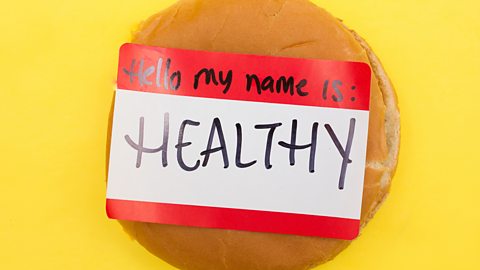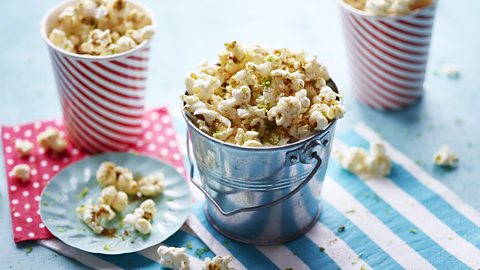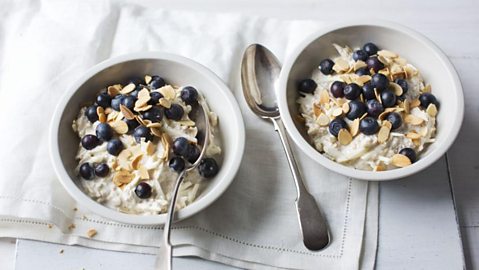Are you being fooled by food labels?

We tend to think of food as healthy or unhealthy, good for you or bad. Companies use this to their advantage in their branding and packaging, to give foods health haloes that suggest they are healthy, when the reality may be more complicated than that.
Seducing claims such as 'natural' and 'low fat' lead many of us to overestimate how healthy a food is. It can also discourage us from reading the nutritional details on the back label.
What do labels really mean?
Organic: it’s easy to believe that 'organic' equals nutritious. But organic certification does not guarantee the nutritional quality of food – instead it states the production methods. A US study has suggested that when food is labelled 'organic', people tend to believe it contains fewer calories.
Superfood: the term 'superfood' has no regulatory approval and no accepted definition – it is more a marketing word than a health one. Regardless, it’s been shown to have a strong effect on consumers – 61 percent of us have bought something because it is labelled 'superfood', according to YouGov.
Low fat: 'low fat' doesn't always equal healthy. In the UK this label means the product must have less than 3g of fat per 100g. But when producers take out fat they often pile in sugar. Studies have shown that a 'low fat' label can trick us into eating more.
Low sugar: similarly to the 'low fat' label, 'low-sugar' foods can be high in fat and calories. The 'no added sugar' label doesn't guarantee a low sugar content. Companies use fruit juice concentrate as a sweetener, as it does not have to be labelled as 'added sugar', but it is essentially sugar.
Natural: this word evokes a sense of healthy, unprocessed food. The Food Standards Agency states that 'natural' should mean that the food is made up of ingredients produced by nature. Many contain chemicals renamed to be more appealing to consumers. 'Carrot concentrate', for example, is a highly processed ingredient that's used as a yellow food colouring.
How labelling can change your digestion
When individuals think they have consumed more calories than they have, their bodies respond as if they have actually consumed more.
In a 2011 study, milkshake was packaged in two different bottles. One was labelled 'Sensishake', claiming to be a low-calorie drink with 0 percent fat, no added sugar and 140 calories. The other was labelled 'Indulgence', and advertised as a rich treat with 620 calories. Both drinks had 380 calories.
The study measured the participants' level of ghrelin, the 'hunger hormone', whose levels drop in the body after a big meal, signalling to your brain that you're full.
When they drank the 'Indulgence' milkshake, their ghrelin levels dropped three times further than when they drank 'Sensishake'.
The difference in ghrelin response is consistent with what would have happened if the individuals really had consumed drinks with different calorie counts. These results are consistent with the well-documented placebo effect.
Location, location, location
We are bad at estimating how many calories are in food, and labelling makes this even more difficult. It turns out location really is everything.
Research suggests that when people eat at a fast food chain labelled ‘healthy’ (even if it isn't), they greatly underestimate calories consumed compared to when they eat somewhere they believe to be 'unhealthy'.
They may also order more side dishes, drinks and desserts when eating out somewhere 'healthy'.
‘If I have a low-fat snack I can eat more of it'
If you have a salad for dinner, do you think you deserve a slice of chocolate cake?
A front label only gives limited information and it's important to read the ingredients list at the back. Even if you are trying to reduce the fat in your diet, eating foods with the fat swapped for sugar will not necessarily be better for you. A great way to eat better is to cook for yourself so you know exactly what you're eating.

